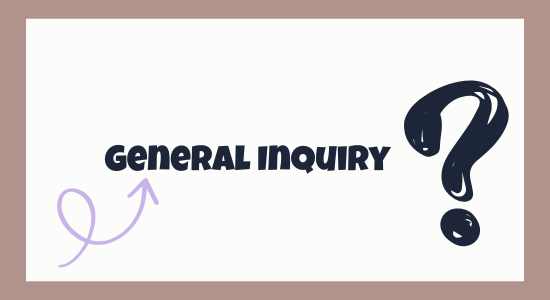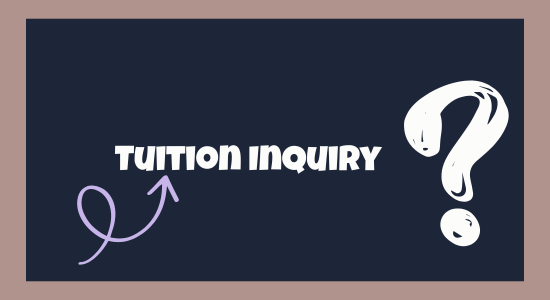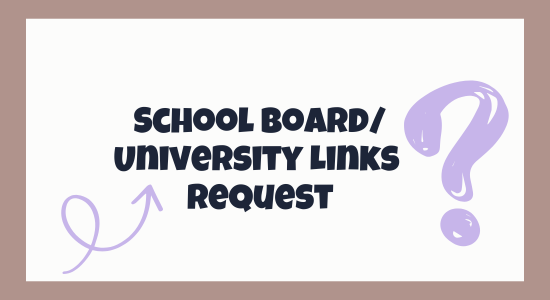
Why Do Some Students Struggle to See Clearly?
Have you ever found yourself squinting at the board, struggling to read the tiny text in a textbook, or feeling a headache after long hours of studying? If so, you might have an undiagnosed vision problem. Many students experience difficulty seeing clearly, but they often ignore the signs or assume their eyesight is normal. Poor vision can significantly impact academic performance, making it harder to read, write, or focus during lessons.
The Consequences of Ignoring Vision Problems
Ignoring eye defects can lead to persistent headaches, fatigue, and reduced concentration. If your eyes struggle to focus, you may misread information or take longer to complete assignments. In extreme cases, vision problems can even lead to social anxiety—imagine feeling uncomfortable in class because you can’t see what’s written on the board. Some students might not even realize that their vision is impaired because they have never experienced perfect eyesight.
So, what causes these vision problems, and how can they be corrected? Let’s explore the most common eye defects and how spectacles help in each case.
Common Eye Defects and Their Corrections
Vision defects occur when the eye’s shape or function prevents light from focusing properly on the retina. Here are the most common eye defects students face:
1. Myopia (Nearsightedness)
Understanding the Problem
When the cornea is overly curved or the eyeball is too long, myopia, also known as nearsightedness, results. This causes light rays to focus in front of the retina instead of directly on it, making distant objects appear blurry while close objects remain clear.
How It Affects Students
A student with myopia may struggle to read the board from the back of the classroom, making it difficult to follow along with lessons. This can lead to frustration, poor grades, and avoidance of certain subjects.
Solution: How Spectacles Help
Spectacles with concave (diverging) lenses correct myopia by spreading out light rays before they enter the eye. This adjustment shifts the focal point back onto the retina, allowing distant objects to appear clear.
Example: A student sitting in the last row of the classroom can now clearly see the teacher’s notes on the whiteboard after wearing corrective lenses.
2. Hyperopia (Farsightedness)
Understanding the Problem
When the cornea is too flat or the eyeball is too short, hyperopia, often known as farsightedness, results. This causes light to focus behind the retina instead of directly on it, making nearby objects appear blurry while distant objects remain clear.
How It Affects Students
A student with hyperopia may struggle with reading, writing, or using a computer for long periods. Since reading is an essential part of studying, this can slow down learning and cause eye strain.
Solution: How Spectacles Help
Spectacles with convex (converging) lenses correct hyperopia by bending light rays inward before they enter the eye. This adjustment moves the focal point forward onto the retina, making close objects appear sharper.
Example: A student who previously had trouble reading a textbook can now study comfortably without experiencing headaches or eye fatigue.

3. Astigmatism
Understanding the Problem
Astigmatism is caused by the abnormal shape of the cornea or lens, which prevents light from focusing evenly on the retina. Vision at all distances becomes distorted or blurred as a result.
How It Affects Students
A student with astigmatism may experience difficulty reading both close-up and far-away text. They might also struggle with depth perception, making activities like playing sports or even crossing the street more challenging.
Solution: How Spectacles Help
Spectacles with cylindrical lenses correct astigmatism by compensating for the uneven curvature of the cornea or lens. This ensures that light focuses properly on the retina, leading to clearer vision.
Example: A student who used to see double images or blurry letters on a page can now read and write with greater ease.
4. Presbyopia (Age-Related Farsightedness)
Understanding the Problem
Presbyopia is a condition that typically affects older individuals when the eye’s lens loses its flexibility. As a result, the eye struggles to focus on nearby objects.
How It Affects Students
While rare in young students, presbyopia can affect adults returning to education or teachers who need to read for extended periods.
Solution: How Spectacles Help
Bifocal or progressive lenses help by providing different magnifications for near and distant vision.
Example: A teacher struggling to read notes while teaching can now switch between reading glasses or use bifocal lenses for convenience.
Case Studies and Research Findings
- A study published in the British Journal of Ophthalmology found that 25% of students with uncorrected vision problems had lower academic performance compared to their peers.
- Research by the World Health Organization (WHO) highlights that nearly 80% of vision impairments can be prevented or corrected with glasses.
- A school vision screening program in India showed that students provided with corrective lenses demonstrated improved reading skills and test scores within months.
Take Action for Better Vision
Vision problems can impact every aspect of a student’s academic and personal life. By understanding common eye defects and their solutions, students can take proactive steps to improve their vision and learning experience.
If you experience any of the symptoms mentioned, consider scheduling an eye exam. A simple pair of spectacles might be all you need to enhance your clarity, focus, and academic success.
After all, why struggle with blurry vision when a clear solution is available?
0 Comments
-
Comments will be injected here via JS












Post a Comment